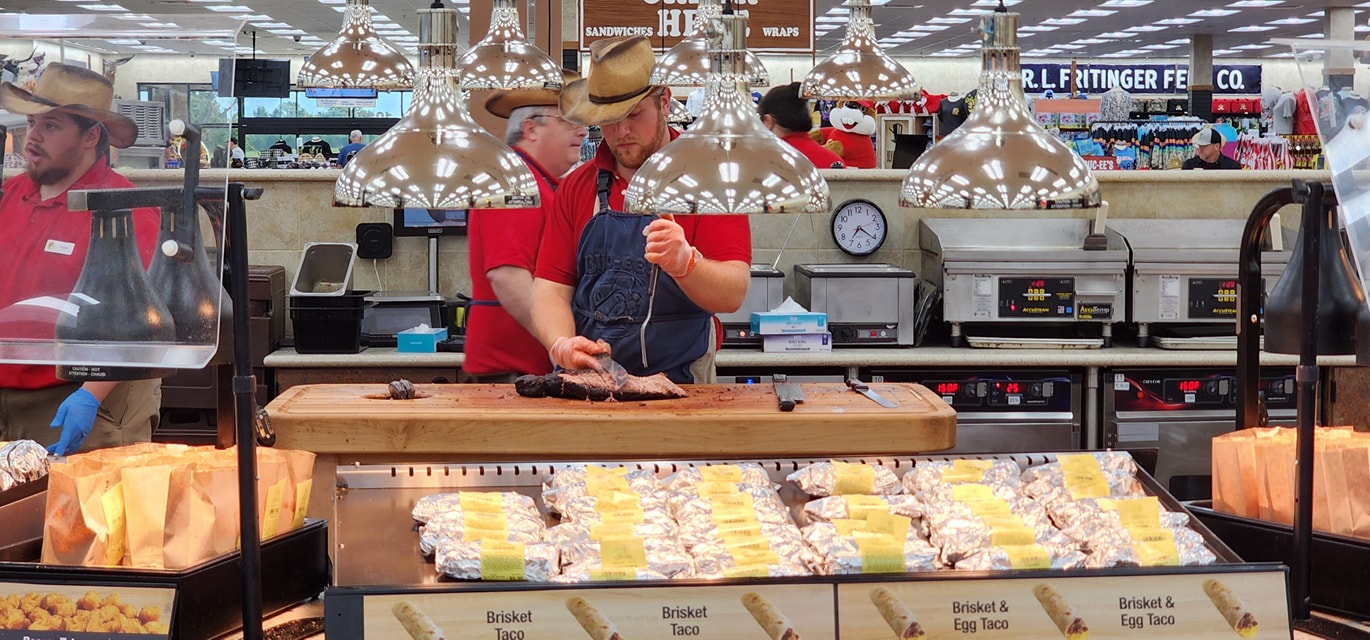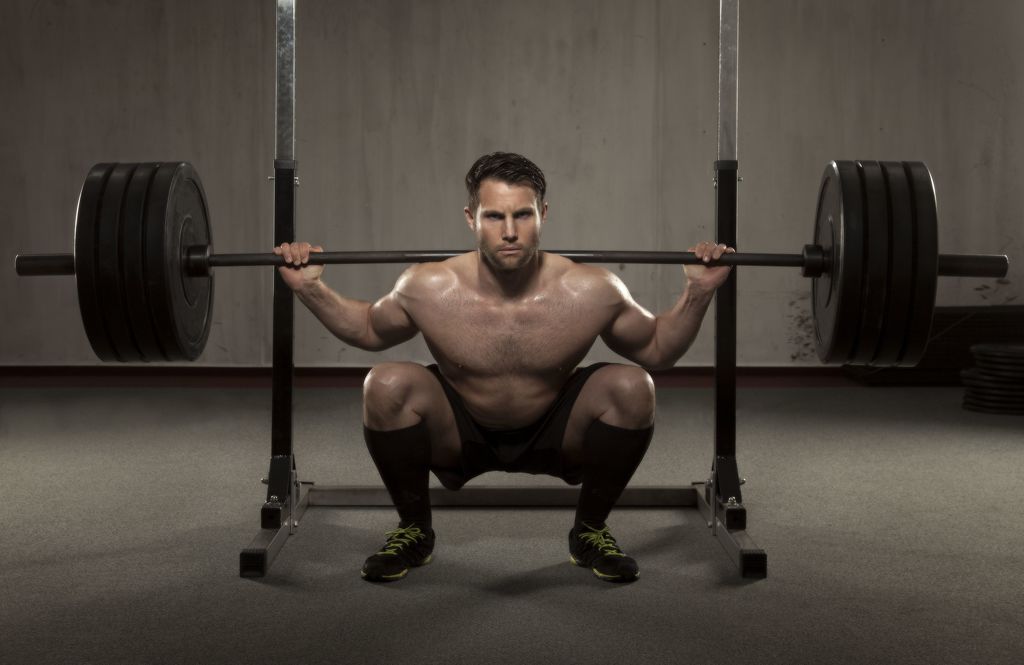One of the most misunderstood and poorly executed movements I see attempted in the gym on a regular basis is also one of the most important functional movements our body makes. Squats — single leg, back squats, front squats, plyometric squats, split squats, goblet squats — however we choose to do them, it’s important to know how and why.
For “part one” of a new series dedicated to dissecting each of the body’s six functional movements, we’re going to break down and discuss only the squat. Because there’s a lot to say about it.
What is a squat?
A squat by definition is (according to Merriam Webster): to assume or maintain a position in which the body is supported on the feet and the knees are bent so that the buttocks rest on or near the heels. For our intents and purposes, the squat is predominately a lower body strengthening exercise.
Primarily squats work our:
- Gluteus Maximus (glutes, or butt)
- quadriceps (quads, or fronts of thighs)
- hamstrings (backs of thighs)
Secondary muscles can vary, depending on the type of squat being performed, and can include:
- transversus abdominis (TVA, “lower abs”, or girdle)
- adductors (inner thighs)
- Erector Spinae (extensor spinae, or muscles along spine)
- gastrocnemius muscle (calves)
Why are squats important?
Think about the work load we place on our legs during our lifetime. We climb stairs. We sit down and stand up. According to the American Podiatric Medical Association, the average human walks an estimated 115,000 miles in a lifetime. And none of that includes the millions of us who beat our body up for the sake of sport.
Strength in the largest muscles in our body is vital to our bone health, joint integrity, injury prevention and even our own physical independence as we age. We can get a lot of mileage out of our body if we commit to a strong base.
Squats are also an incredible fat incinerator. Because so many muscles contribute to a squat, our body learns to communicate in a most effective way. The bigger the muscles we challenge, the more fuel our body uses during the rebuilding and restoring process. Calorie for calorie, the squat just might be the single most gut-blasting basic exercise out there.
What could possibly go wrong?
As mentioned in the beginning, many things can go wrong and do go wrong while executing a squat. In my experience, most problems arise when the lifter overestimates his or her strength and overloads the bar. Not taking the time to properly warm up followed by excessive demands placed on both the legs and spine is usually a recipe for self-destruction. Maybe not immediately, but the degeneration will, over time, come back to haunt you.
Another common mistake I see is general overuse. I used to train a guy in his mid-twenties who, every time I saw him, I’d ask what he’d been doing in the gym on the days he hadn’t seen me. He’d then proudly unfold his notes from his own “program design” and there in his boy-scribbles would be about seventeen different chest exercises. From an objective perspective, anyone with problem solving skills could see that he was risking injury and not making any real progress. He was just so gung-ho on building his chest that he went to the extreme — over-stimulating one muscle group will eventually shut it down in the name of self-preservation. Your best bet? Intelligently plan your workout so that you choose one or two different types of squats and get on with your day. Overuse isn’t going to get you there any faster. Your body is much too smart for that.
One more point I’d like to make regards the tracking of your joints on multiple planes of motion. Take a look at the guy in the red shirt above: his shoulders are in line with his ankles, his back is flat, his abdominal wall is engaged and his butt is sticking out. Additionally, think about where your toes are pointed the next time you do a squat. Are your knees following suit? Wherever your toes are pointed, aim to direct your knees on track with your second and third toes. Sit your weight back into the heels, keep your head up and chest open, and you should be in fine squatting form in no time.
Okay, these are getting boring. What else can I do?
There are so many different variations on the squat it could make your head spin. Get creative (with good form, please). Try something new, like squatting on a Bosu. Throw in some balance and master the pistol squat. Hang onto the TRX and work on your vertical jump squats.
Or you could go old-school and re-learn the Olympic back squat. The hack squat. Even the Zercher squat.
Remember, not all movements will work for everybody. Find the ones that do for you and build upon them.
Let me know your favorite.
 Jodilyn Stuart is the Health & Sports Senior Staff Writer for 303 Magazine, owner of ModaBody Fitness, and has been a professional fitness geek since 1997. If you have questions, feel free to email at: Jodilyn@303Magazine.com
Jodilyn Stuart is the Health & Sports Senior Staff Writer for 303 Magazine, owner of ModaBody Fitness, and has been a professional fitness geek since 1997. If you have questions, feel free to email at: Jodilyn@303Magazine.com






